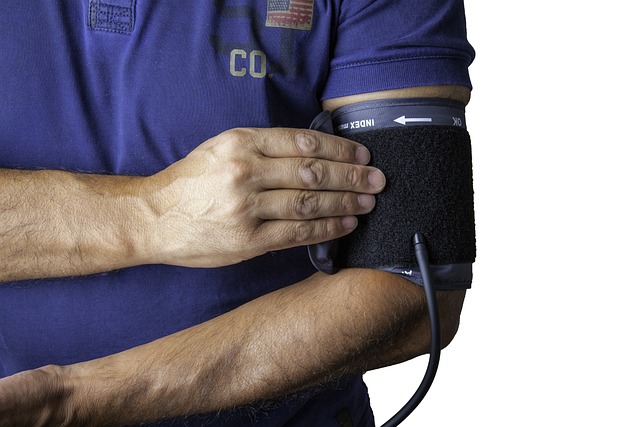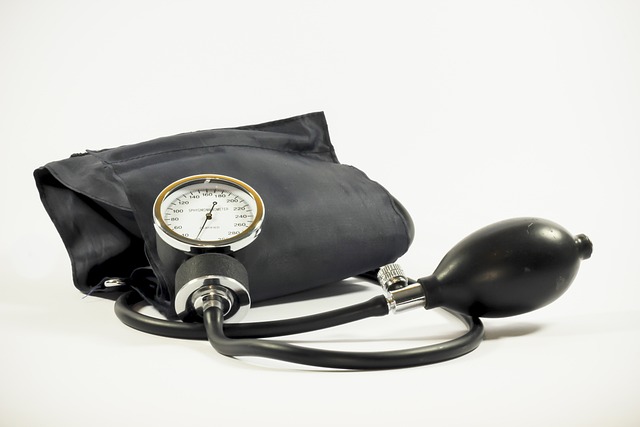Low water pressure in your home can be caused by various issues, from faulty valves and mineral buildup to blocked pipes or inadequate utility supply. Before calling a plumber, perform basic troubleshooting like replacing aerators or cleaning showerheads. If DIY methods fail, a professional plumber can diagnose and resolve complex problems such as leaks, corroded pipes, or faulty valves, effectively increasing water pressure for optimal home performance.
Low water pressure can disrupt your daily routine, but knowing when to call a plumber is essential. This guide explores common triggers, from faulty fixtures to main line issues, helping you diagnose and potentially resolve problems yourself. If DIY methods fail, understand the signs indicating professional assistance is required for effective water pressure restoration. Learn tips on how to increase water pressure and reclaim your home’s robust flow.
- Understanding Low Water Pressure: Causes and Common Triggers
- Steps to Diagnose and Address the Issue Before Calling a Plumber
- When It's Time to Reach Out: Signs You Need Professional Assistance for Water Pressure Problems
Understanding Low Water Pressure: Causes and Common Triggers

Low water pressure can be a frustrating issue, affecting both the performance of your plumbing system and the comfort of your daily routines. Understanding its causes is the first step to knowing when to call a plumber. Common triggers include faulty valves or pipes that have narrowed or become blocked due to mineral buildup, corrosion, or debris. Over time, these issues can reduce water flow, resulting in weak pressure at fixtures like faucets and showers.
Another factor contributing to low water pressure is an inadequate water supply from your local utility company. This could be due to main line issues or problems within the company’s distribution system. If you suspect a broader problem, it’s advisable to contact your water provider first. However, if the issue persists despite their intervention, or if you notice persistent low pressure even when other homes in your area aren’t affected, it may be time to consult a professional plumber who can diagnose and address the specific cause, ultimately helping you learn how to increase water pressure effectively.
Steps to Diagnose and Address the Issue Before Calling a Plumber

Before picking up the phone to call a plumber, it’s wise to attempt diagnosing and addressing the low water pressure issue yourself. Start by checking your fixtures – a simple aerator replacement or a quick clean of a showerhead can resolve the problem. Next, inspect the supply lines for any visible damage or corrosion. If they appear intact, move on to the valve connections; make sure these are fully opened. Sometimes, a leaky faucet or an old, faulty pressure regulator can cause a drop in water pressure throughout your home.
If basic troubleshooting doesn’t restore your water pressure, it may be time to consider more complex issues. This could involve checking for leaks within walls or under floors, which might indicate a broken pipe. Additionally, inspect the main water line for any blockages caused by mineral build-up or tree roots. How to increase water pressure often lies in identifying and rectifying these specific problems before enlisting a plumber’s help.
When It's Time to Reach Out: Signs You Need Professional Assistance for Water Pressure Problems

If you’ve noticed a significant drop in your home’s water pressure, it might be time to reach out to a professional plumber instead of trying DIY solutions. While there are ways to increase water pressure yourself, such as clearing mineral build-up from aerators or opening other valves, persistent low water pressure could indicate a more complex issue within your plumbing system.
Professional assistance is recommended if you’ve tried basic troubleshooting without success, or if the problem seems to be widespread throughout your home. Other signs include sudden fluctuations in water pressure, weak shower flows, or difficulty operating certain fixtures. A plumber can diagnose issues like leaks, corroded pipes, faulty valves, or even damage to your main water line, providing effective solutions to restore optimal water pressure.
Low water pressure can be frustrating, but with proper diagnosis and timely intervention, you can restore optimal flow in your home. Before calling a plumber, try these troubleshooting steps to identify the cause, such as faulty fixtures, mineral buildup, or leaks. If simple fixes don’t resolve the issue, it’s time to enlist professional help. Plumbers are equipped to handle complex problems like pipe corrosion, pressure regulator malfunctions, or main line issues that require specialized equipment and expertise. Remember, prompt action can prevent further damage and ensure your home’s water pressure returns to its full potential, making your living spaces more comfortable and efficient.
